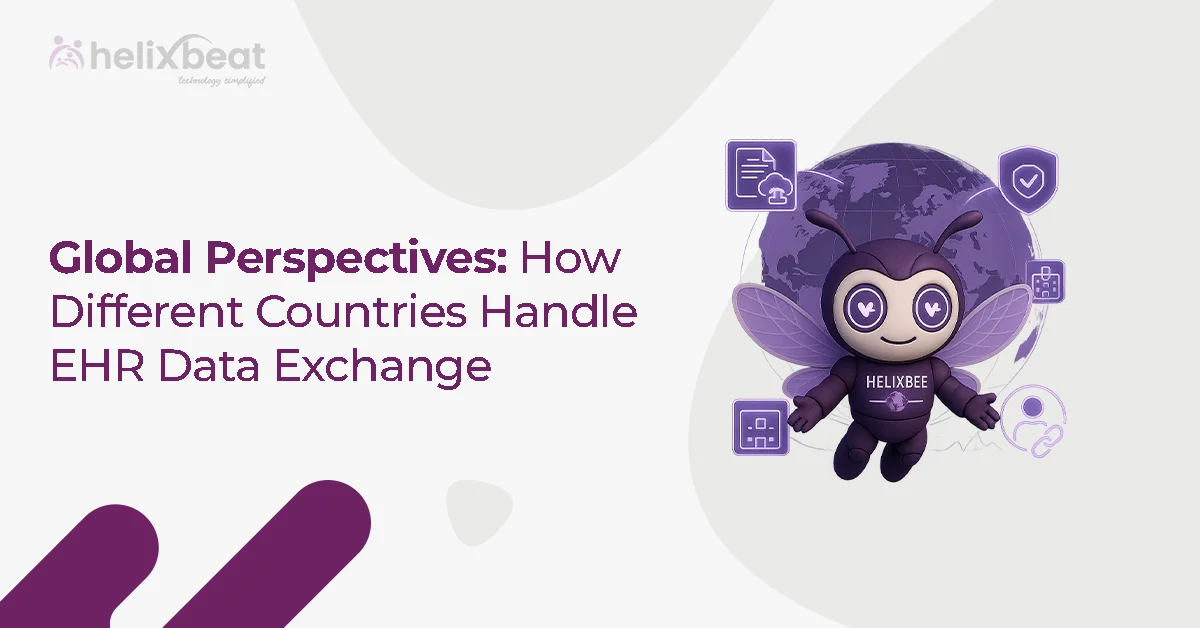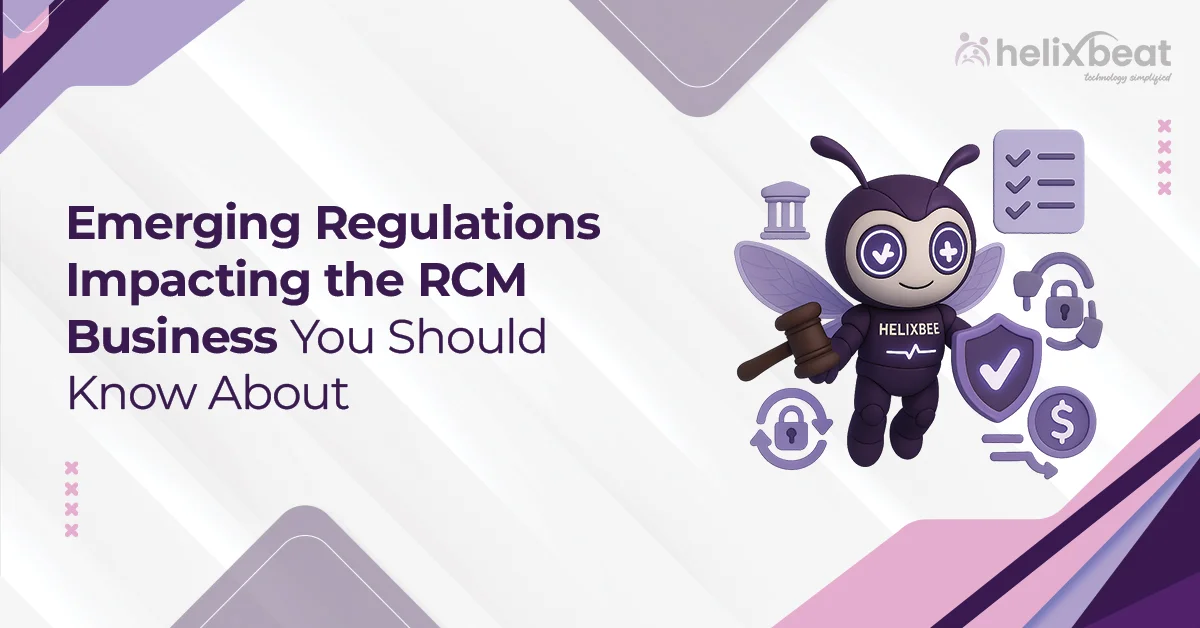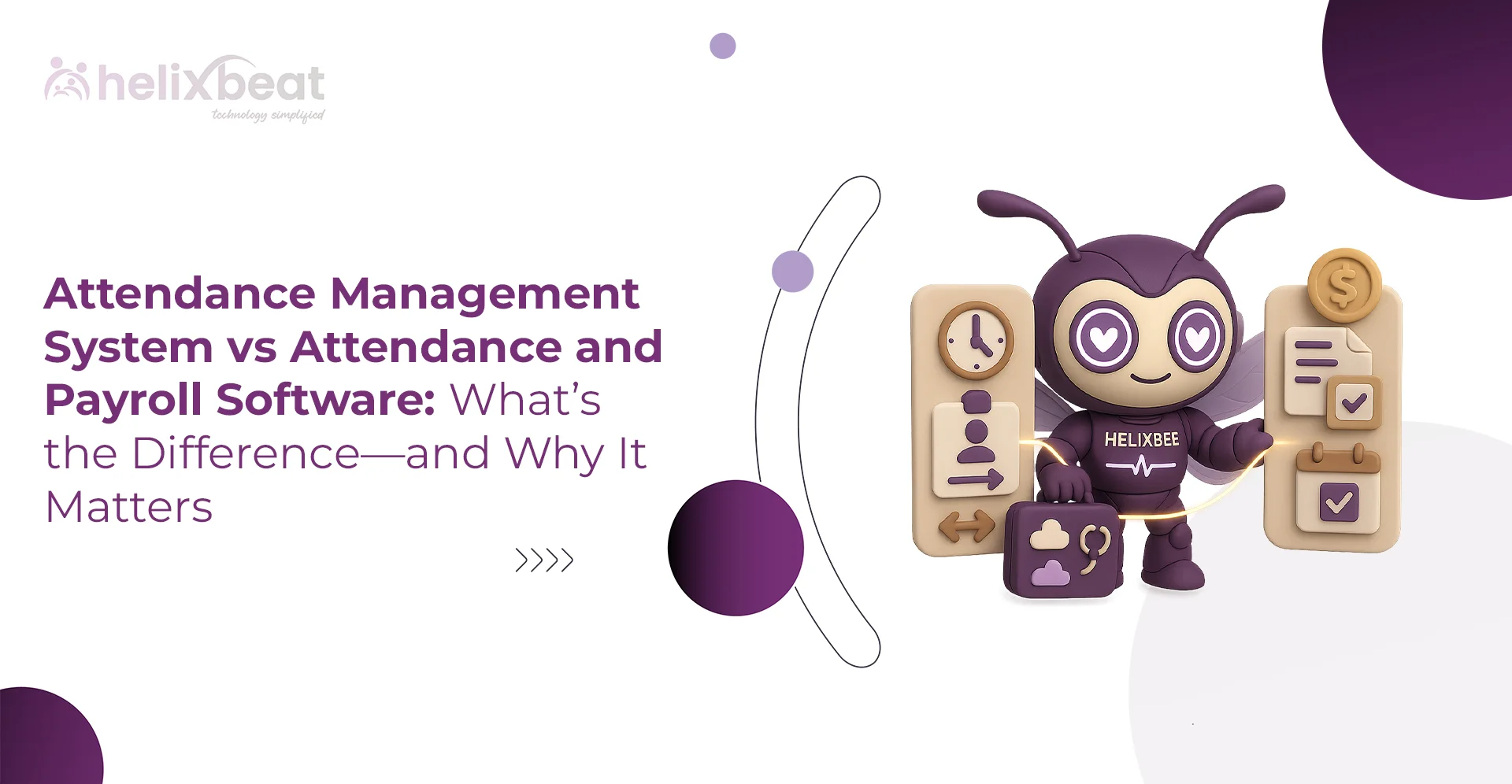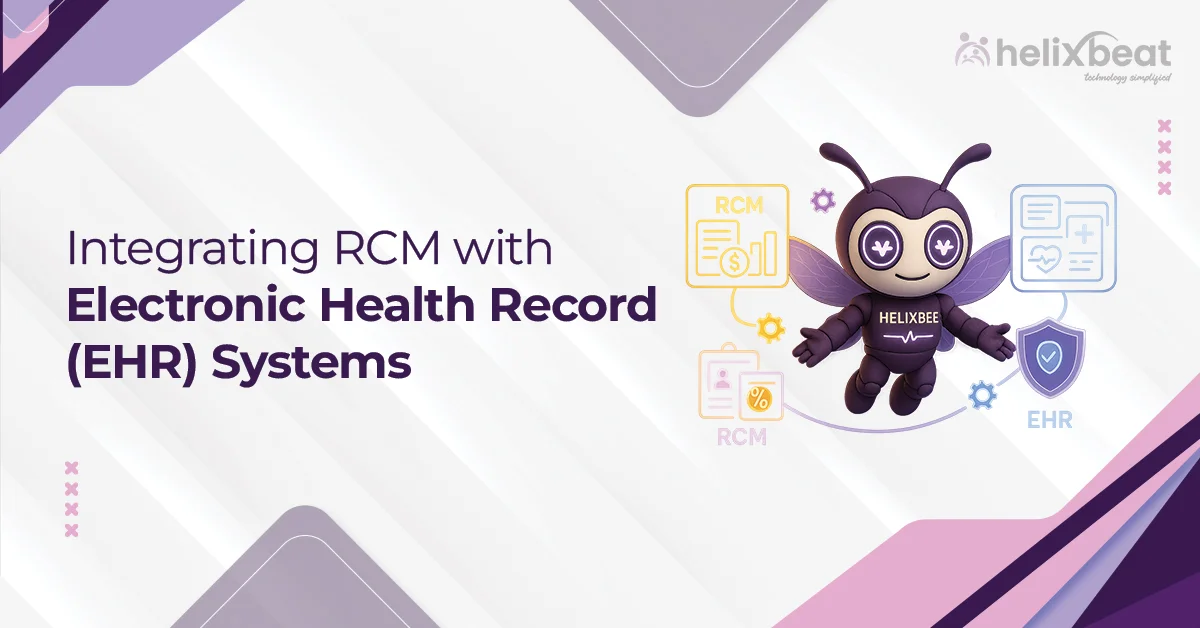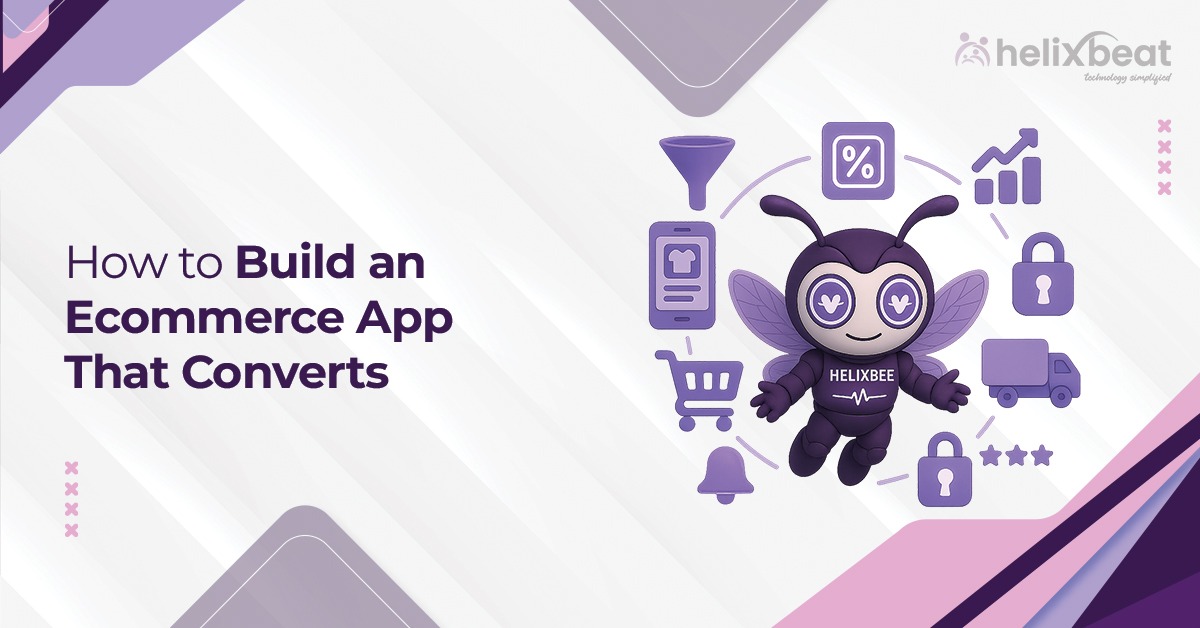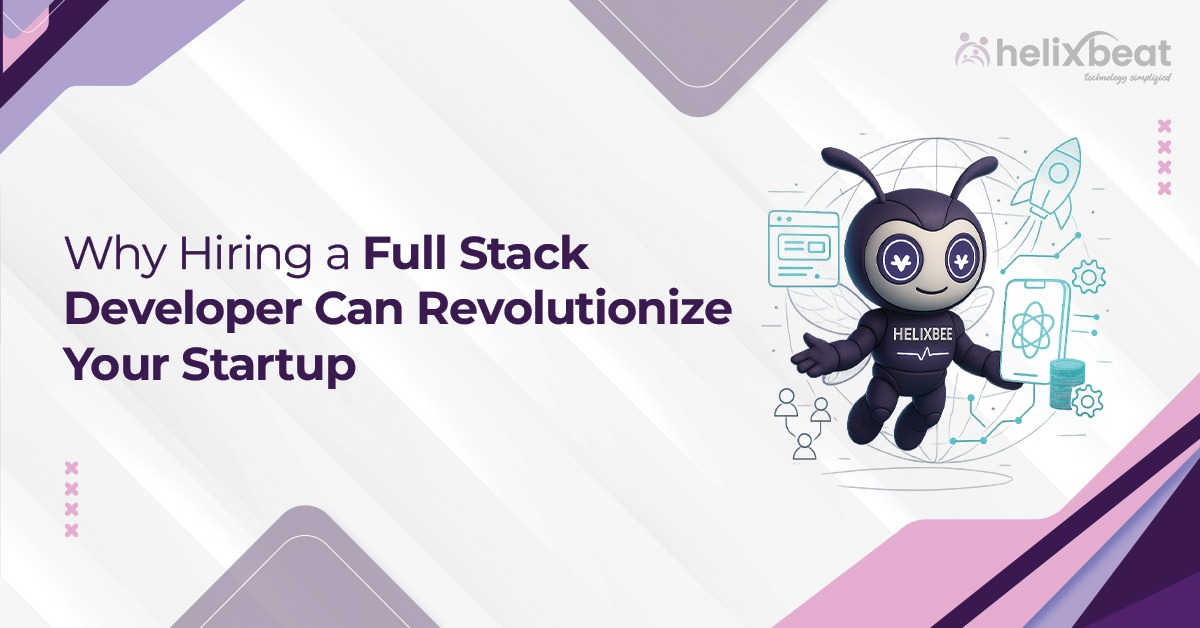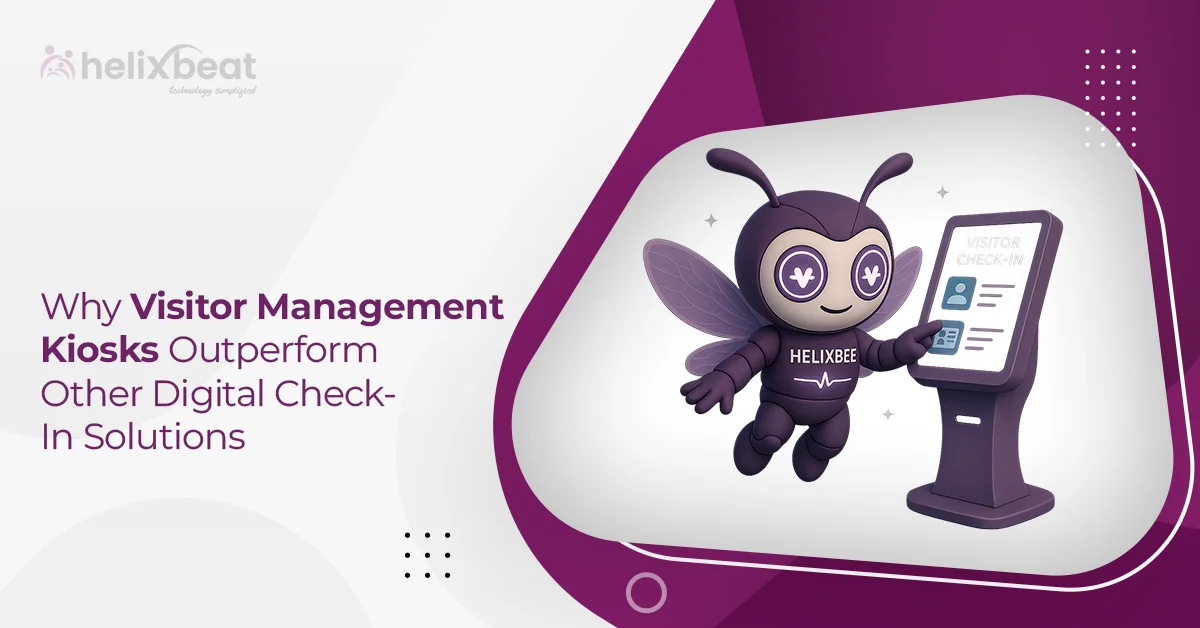Patient record management software is a game-changer for healthcare providers aiming to streamline their administrative processes and focus on what matters most: patient care. Traditional record-keeping systems, whether paper-based or outdated digital tools, can create inefficiencies, errors, and delays that burden staff and slow down the patient care process.
According to a report by the American Health Information Management Association (AHIMA), healthcare organizations can reduce administrative costs by up to 30% by adopting integrated electronic record management systems. This statistic highlights the critical role of patient record management systems in optimizing operational efficiency.
HelixBeat’s PULSE platform streamlines patient record management by minimizing administrative tasks. It offers real-time data access, automated workflows, and better data security, helping healthcare providers be more efficient, save money, and improve patient care.
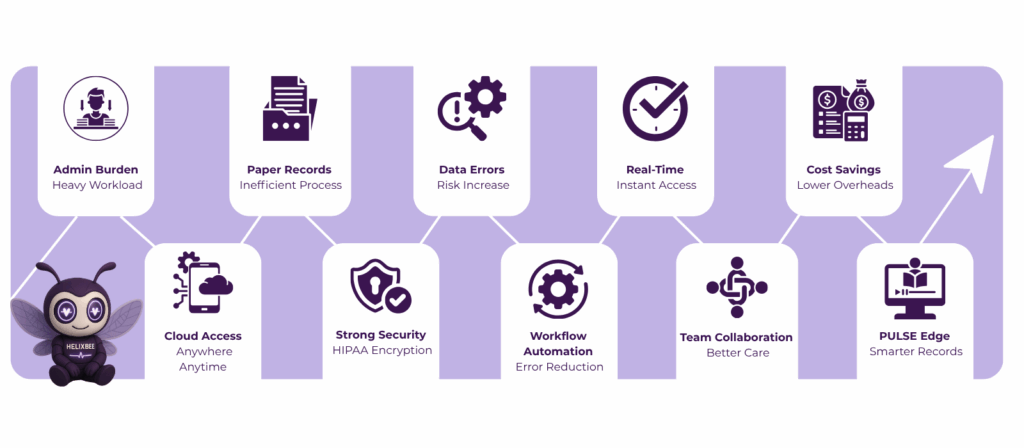
Table of Contents
Challenges with Traditional Patient Record Management Systems
- Paper-Based Systems and Inefficiencies
- Many healthcare organizations still rely on paper-based record systems to manage patient data, despite the availability of digital alternatives.
- These traditional methods lead to significant inefficiencies in healthcare settings.
- Staff members are required to update and retrieve patient records manually, resulting in delays and wasted valuable time.
- Slow and Cumbersome Process
- Retrieving physical patient records can be a slow, frustrating process, especially when records are disorganized or misplaced.
- The time it takes to locate a record, especially in urgent situations, can hinder the efficiency of healthcare providers and delay the care patients need.
- Incomplete or Lost Information
- Paper records are susceptible to loss, misfiling, or damage. This can result in missing or incomplete information, making it difficult to provide comprehensive care. Important patient details may be overlooked or unavailable when they are needed most, leading to delays in treatment or misdiagnosis.
- Lack of Real-time Access
- Paper-based systems are static, requiring physical access to retrieve and update records.
- In emergencies or critical situations, waiting for paper records to be located can lead to life-threatening delays in care.
- This lack of real-time access to patient information creates significant challenges in providing timely and accurate treatment.
- Risk of Errors and Delays
- Manual data entry and outdated systems introduce a higher risk of human error, which can compromise patient safety and the quality of care.
- The transcription of handwritten notes or paper files can result in incorrect data, with potentially serious consequences.
- Medication and Treatment Errors
- Errors such as incorrect prescription dosages or missed allergy information can have fatal consequences.
- For instance, if a patient’s allergies are not correctly recorded due to a paper-based system, they may be prescribed medications that cause severe allergic reactions.
- This risk is amplified in fast-paced healthcare environments where quick access to accurate data is crucial.
- Data Entry Mistakes
- Manual entry increases the likelihood of errors, whether it’s typing the wrong dosage or misinterpreting handwritten notes.
- These mistakes can lead to incorrect treatment plans, which can negatively impact patient health and recovery.
- Increased Workload
- Correcting errors resulting from paper records or misfiled information requires a significant amount of time and effort.
- Healthcare providers often need to verify data, contact patients for clarification, or redo medical orders, which only adds to the workload and delays care.
- This increases the burden on staff, leading to burnout and lower morale, which can further impact patient care and overall hospital efficiency.
How Integrated Patient Record Management Software Alleviates the Burden
HelixBeat’s PULSE addresses these inefficiencies by providing an integrated patient record management app that streamlines the management of patient data. Here’s how it works:
- Streamlined Workflow
- Integrated patient record management software consolidates all patient data, including medical history, prescriptions, and test results, into a centralized, digital system.
- With PULSE, healthcare providers can access patient records instantly, which speeds up care delivery and reduces the time spent searching for or updating files.
- This integration also eliminates the need for multiple systems, simplifying the entire process and allowing healthcare professionals to focus on patient care.
- Enhanced Data Accuracy
- PULSE automates data entry and updates in real-time, ensuring that patient records are always current and accurate.
- The system minimizes human error by automatically populating fields, flagging inconsistencies, and confirming updates across all devices.
- This reduces the risk of misdiagnoses and improves the overall quality of care by ensuring that providers are working with the most up-to-date information.
- Reduced Operational Costs
- By automating administrative tasks and improving workflow efficiency, PULSE reduces operational costs.
- With automated patient record management, healthcare organizations can reduce the time spent on paperwork, record retrieval, and manual updates, resulting in cost savings.
How HelixBeat’s PULSE Redefines Patient Record Management
Handling patient records is one of the most vital and labor-intensive tasks in the healthcare sector. HelixBeat PULSE platform revolutionizes this task by offering a secure, user-friendly, and highly effective solution that alleviates administrative workload, enhances clinical workflows, and guarantees precise, updated patient information throughout the organization.
By centralizing patient information, automating routine administrative tasks, and facilitating seamless collaboration, PULSE enables healthcare providers to focus on delivering high-quality care, rather than being hindered by manual record-keeping.
Key Features of PULSE
- Cloud-Based Access
- With PULSE, patient records can be accessed anytime and from anywhere, whether you’re in the clinic, on call, or working remotely.
- This eliminates delays in retrieving critical information, empowering healthcare teams to make quicker, more informed decisions that lead to improved patient outcomes.
- Real-Time Updates
- Automatic synchronization ensures that patient records are always up to date.
- Any modifications, be it from lab results, prescriptions, or treatment plans, are instantly reflected across the system, providing healthcare providers with immediate access to accurate information for seamless care delivery.
- End-to-End Encryption
- All patient data within PULSE is encrypted during both transmission and storage, ensuring complete compliance with HIPAA.
- This safeguards sensitive information from unauthorized access and cyber threats, building trust and confidence among patients.
- Seamless Integration
- PULSE seamlessly integrates with existing EHR systems, ensuring a seamless transition to digital record management without disrupting existing workflows.
- This compatibility allows healthcare providers to unify data across platforms, minimize redundancies, and streamline administrative tasks.
- Workflow Automation
- By automating routine tasks, such as updating patient records, tracking appointments, and sending secure notifications, PULSE significantly reduces the administrative burden on staff.
- This enables healthcare professionals to concentrate on patient care, resulting in improved efficiency and satisfaction.
- Enhanced Collaboration
- With a centralized system, multiple care teams can simultaneously access duplicate records, fostering real-time collaboration and coordinated care.
- Whether they are doctors, nurses, or specialists, everyone operates from the same accurate information, reducing errors and enhancing patient outcomes.
CTA: Experience the Full Potential of Efficient Patient Record Management. Request your personalized PULSE Demo Today.
Impact on Healthcare Providers and Patients
Note: Please create an infographic on the table below
| Feature | Traditional Record Management | HelixBeat’s PULSE |
| Accessibility | Limited to physical locations or outdated systems, often requiring on-site access. | Cloud-based access, available anytime, anywhere, securely from any device. |
| Data Updates | Manual updates leading to outdated or incomplete records. | Real-time syncing ensures patient records are always up-to-date and accurate. |
| Security | Vulnerable to breaches, with paper records or unsecured digital systems. | End-to-end encryption for HIPAA compliance, ensuring maximum data protection. |
| Integration | Difficult to integrate with new systems, leading to data silos. | Seamless integration with existing EHR systems, enabling smooth transitions and unified workflows. |
| Error Rate | High risk of human errors, such as incorrect data entry or lost records. | Automated data entry reduces errors, ensuring accurate and consistent patient information. |
| Workflow Efficiency | Time-consuming due to manual filing, retrieval, and updates. | Automated workflows reduce administrative burden, improving operational efficiency. |
| Collaboration | Disjointed communication across departments or specialties, leading to delays. | Centralized data allows real-time collaboration across care teams for faster decision-making. |
| Cost | Higher administrative costs due to manual processes, paper handling, and storage. | Reduced costs by automating tasks, reducing paper storage, and optimizing healthcare provider resources. |
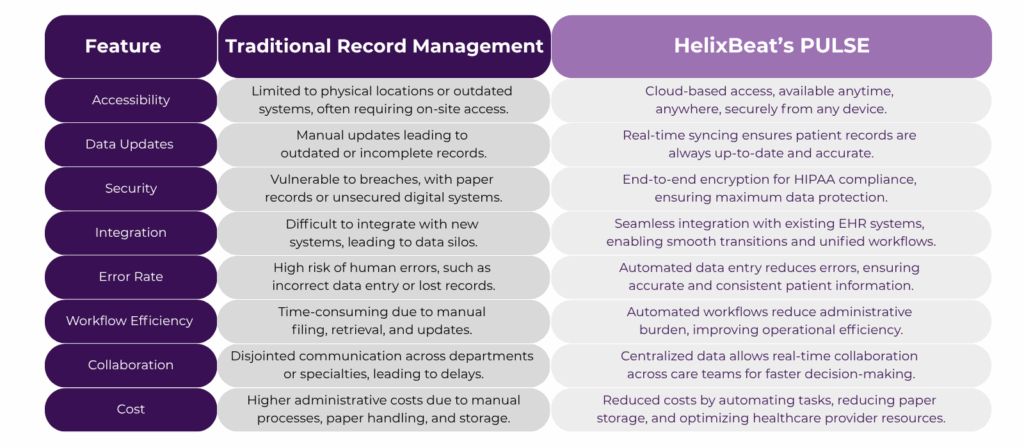
The Big Picture
Traditional patient record systems often lead to inefficiencies, errors, and high costs for healthcare providers. Paper records and outdated software slow down work and make it hard to access current patient information, disrupting care and increasing administrative costs.
HelixBeat’s PULSE offers a comprehensive solution with real-time updates, robust encryption, and seamless cloud access. It automates tasks and simplifies data sharing, reducing administrative work and improving patient engagement. With PULSE, healthcare providers can enhance operations, reduce errors, and focus on delivering quality care, ultimately benefiting both organizations and patients.
Ready to Optimize Your Patient Record Management?
Start Your Free Trial of PULSE Today
FAQs
- What is patient record management software?
Patient record management software enables healthcare organizations to store, manage, and access patient data digitally, thereby improving workflow and enhancing data accuracy.
- How does PULSE reduce administrative burden?
By automating data entry, ensuring real-time updates, and streamlining workflows, PULSE significantly reduces time spent on administrative tasks.
- Is PULSE HIPAA compliant?
Yes, PULSE is entirely HIPAA compliant, ensuring that all patient data is securely stored and shared.
- Can PULSE integrate with existing systems?
Yes, PULSE integrates seamlessly with existing EHR and patient record management systems, providing a unified platform for healthcare organizations.
- How does PULSE improve patient engagement?
PULSE provides patients with secure access to their health records, enabling them to be more involved in their care and make informed decisions.
- Can patients access their records through PULSE?
Yes, patients can securely access their records through the PULSE patient portal.
- How secure is PULSE?
PULSE utilizes end-to-end encryption, multi-factor authentication, and role-based access controls to ensure that patient data remains secure at all times.
- How does PULSE improve data accuracy?
PULSE uses automated updates and real-time syncing, ensuring that patient data is always current and accurate.
- Is PULSE easy to use?
Yes, PULSE has a user-friendly interface designed to be intuitive for both healthcare providers and patients.
- How does PULSE help reduce operational costs?
By automating administrative tasks and improving workflow efficiency, PULSE reduces the need for manual labor, saving time and money.
- What is the benefit of cloud-based patient record management?
Cloud-based systems like PULSE provide secure, remote access, ensuring that patient records are always accessible, regardless of the location of healthcare providers.
- How can I get started with PULSE?
Request a demo to see how PULSE can optimize your patient record management and improve your healthcare operations.





